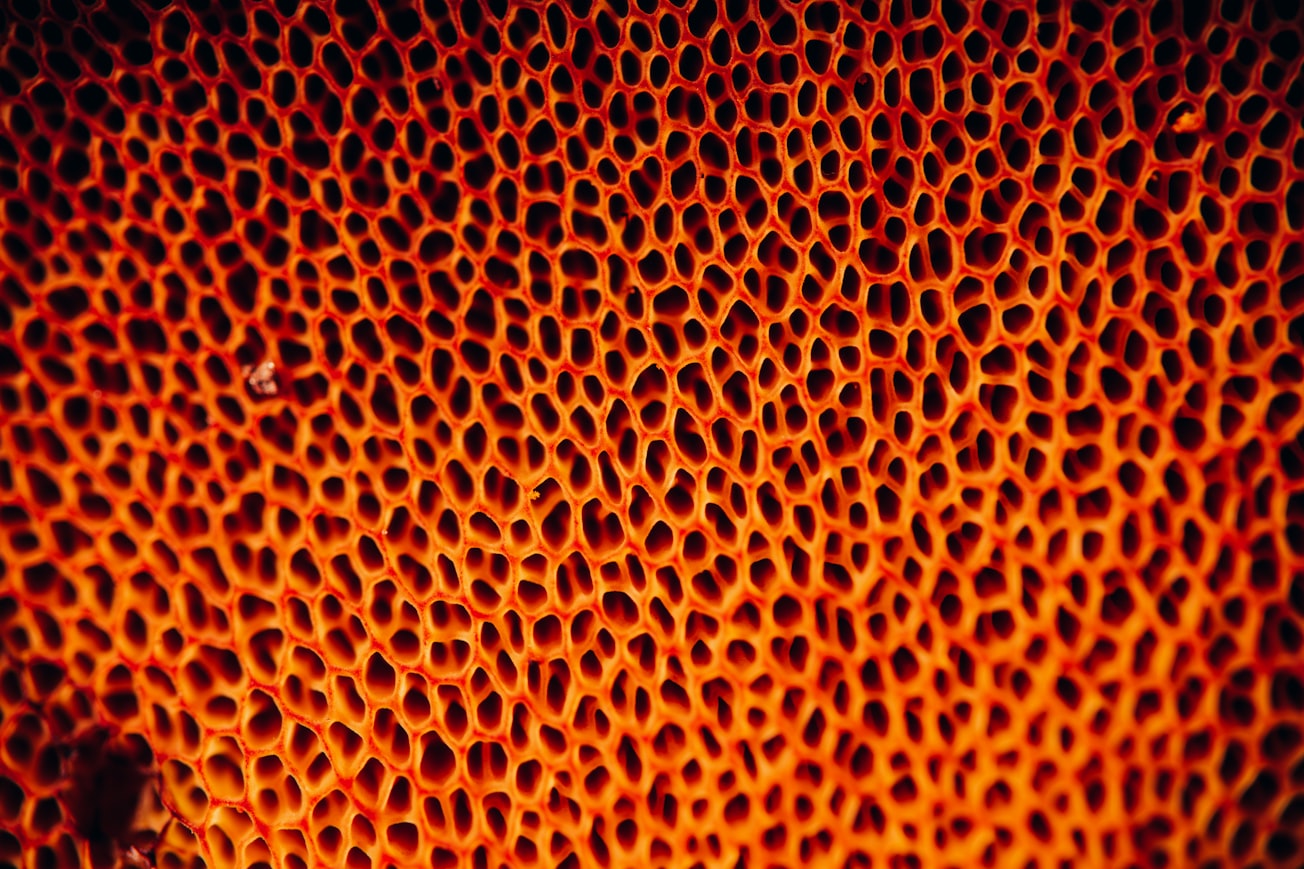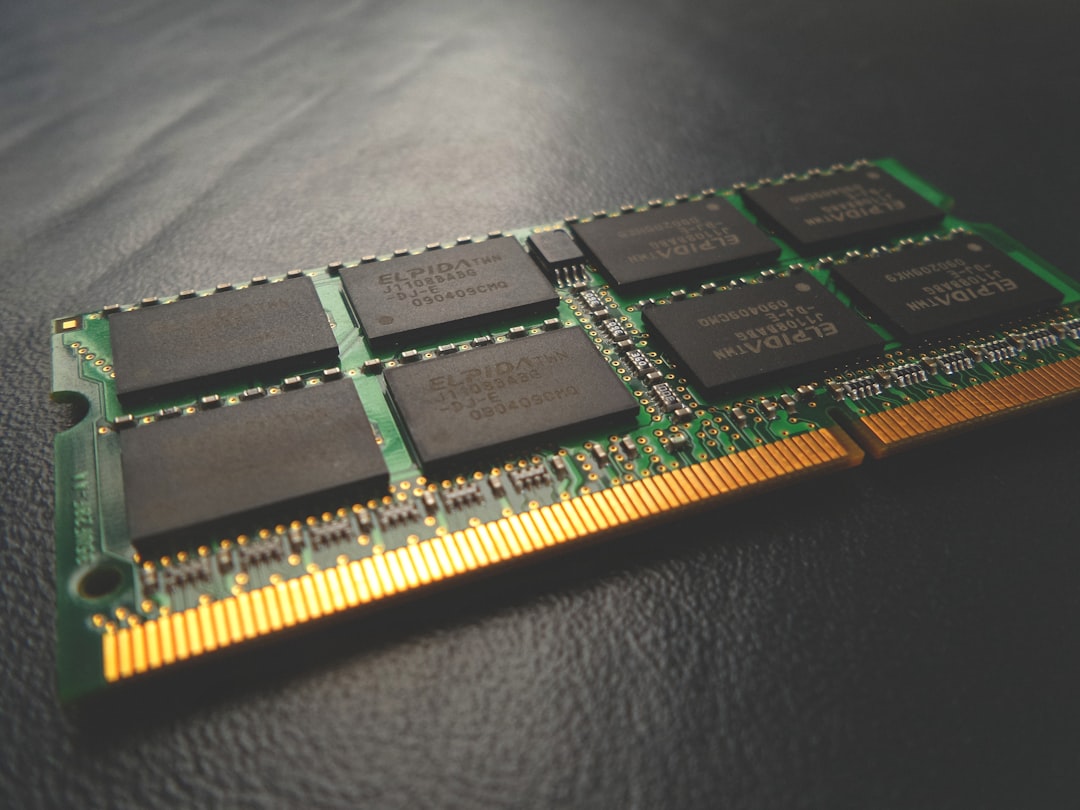What is it about?
Nanosieve graphenes, with their morphology and porosity aspects, have been exploited for a wide range of energy/health purposes. Enabling in-plane, and deep, cylindrical cavities, with narrow size distribution and high-density surface across graphene nanoassemblies, is a consistent long-term challenge in perforation science. To address this, a natural-mimetic material-degradation was accelerated with (ZnO) nanocatalysts, as a pore-mediator, under UV-visible stimuli. Using this in synergy with surface-modified graphene was developed as a nanoperforation approach. Under the light, we discovered the ability of Zinc oxide photocatalysts to penetrate graphene and leave nanopores across the entire multilayer graphene. This innovative approach provides a powerful nanosculpture performance, generating nano-cavities with a narrow size distribution, and consistent surface coverage on the order. This approach avoided the merging of pores, coalescing into larger cavities, compared with the pristine materials. More insight into nanoperforation science, based on guided-etching methodology was revealed, opening new avenues for new research and knowledge toward novel 2D porous materials.
Featured Image

Photo by Timothy Dykes on Unsplash
Why is it important?
This perforation method is used to fabricate ultrathin graphene membranes with outstanding porosity properties by producing in-plane nanocavities with narrow size distribution and consistent surface coverage at different depths.
Perspectives
Graphene is a promising building block to be considered in various membrane architectures due to its controllable sheet thicknesses, lateral sizes, and surface area ranges. Membrane architecture based on assembled graphene can generate tight tortuous pathways between graphitic planes. However, the control of the dimension of such horizontal-aligned diffusion nanochannels is highly required to increase the membrane applicability beyond the water treatment and enable fast mas transport toward high-permeability membranes. Attempts to engineer the assembly process and hence control the interlayer spacing size have been considered, but they typically result in modified membranes with less controlled microstructural morphology. Among graphene derivatives, nanoporous graphene is a mesh architecture with size-controlled in-plane pores ranging from sub-nanometre to a few nanometres, and tuneable surface densities are achievable by various perforation technologies. However, the state-of-art of nano-perforation methodologies may have struggled to deliver a membrane for practical use due to a lack of scalability and increased related complexity/costs over commercial membranes. This study comes as a necessary step to fabricate ultrathin nanoporous membranes relying on low-cost graphene nanomaterials powered with porosity features. Moreover, the benefits afforded by the current findings are critical steps to address a few challenges in membrane science nowadays and may open avenues for graphene-based membranes into various applications
Albert Guirguis
Deakin University
Read the Original
This page is a summary of: Size‐Controlled Nanosculpture of Cylindrical Pores across Multilayer Graphene via Photocatalytic Perforation, Advanced Materials Interfaces, January 2022, Wiley,
DOI: 10.1002/admi.202102129.
You can read the full text:
Contributors
The following have contributed to this page










